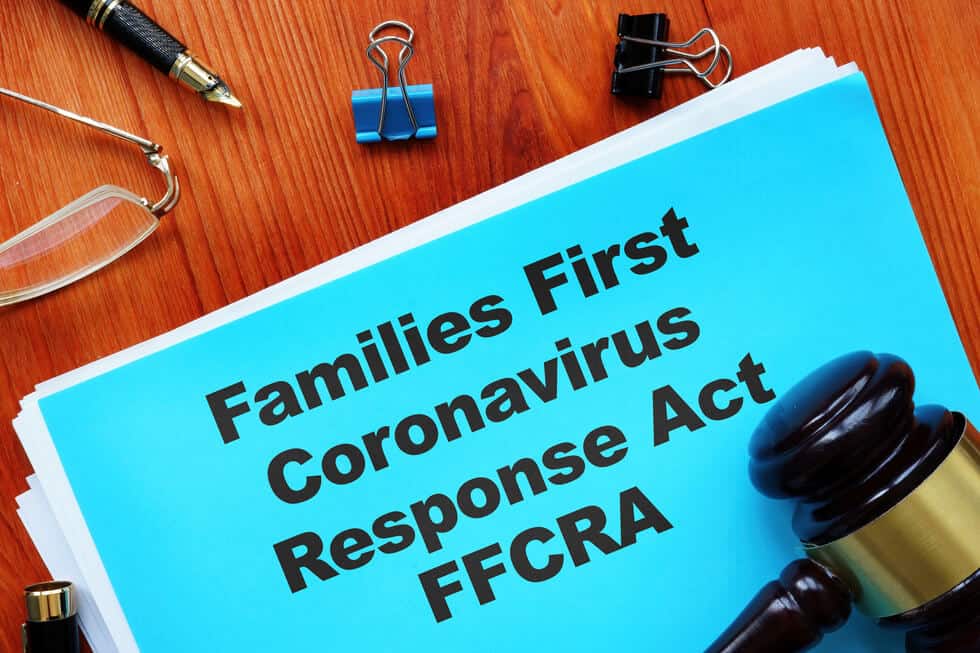The American Rescue Plan Act (ARPA) received a lot of attention for its third round of stimulus checks. As time has passed, however, it appears the continuation and expansion of emergency paid sick leave (EPSL) and expanded Family and Medical Leave (EFML) might have an even greater impact on some employees’ finances. This part of the ARPA is also referred to as the new Families First Coronavirus Response Act or FFCRA.
The provisions are not mandatory for employers, as they were with the original FFCRA, but companies that provide the benefits receive specific tax credits – hopefully, an incentive that many employers will take advantage of. If you work for a business with fewer than 500 employees that voluntarily provides the new FFCRA benefits, you could receive up to two weeks of additional paid sick leave and up to 12 weeks of paid family leave for pandemic-related reasons between April 1 and September 30.
EXTENDED BENEFITS FOR EMPLOYEES
Here are specifics of the new FFCRA:
- 10-day limit on EPSL reset starting April 1 – between April 1 and September 30, employees are entitled to 10 new days (up to 80 hours) of EPSL, even if they used their allotment under the old FFCRA.
- ARPA adds three new qualifying reasons for EPSL – these include getting a COVID-19 vaccination; recovering from an illness, injury, or condition related to getting the vaccine; or getting or awaiting the results of a COVID-19 test because the employee was either exposed or asked by the employer to take a test.
- FFCRA original qualifying reasons still apply – an employee is eligible for EPSL if he or she is:
- subject to a federal, state, or local quarantine or isolation
- advised by a healthcare worker to self-quarantine
- experiencing COVID-19 symptoms and seeking medical attention
- caring for an individual in quarantine
- caring for a child whose school or care facility is closed due to the pandemic
- experiencing substantially similar conditions
- Payments for EPSL differ depending on the reason for leave – employees receive either 100% of their pay (up to a maximum of $511 a day) or two-thirds of their regular rate (up to $200 per day) for the 10 days of qualifying sick leave.
- EFML can now be used for the same qualifying reasons as EPSL.
- New FFCRA eliminates the requirement that the first two weeks of EFML be unpaid – employees who qualify for EFML are now eligible for up to 12 weeks of paid leave rather than only 10 under the original FFCRA. Employees are paid at two-thirds of regular wages, up to a maximum of $200 per day, during those 12 weeks. This increases the total an employee can receive EFML from $10,000 to $12,000.
- ARPA includes non-discrimination rules – for both EPSL and EFML, employers cannot favor highly compensated employees, full-time employees, or any employee on the basis of tenure under the new FFCRA rules. Any employer that does so risks losing their tax credits.
WHAT ABOUT PARTIAL BENEFITS?
Some areas of the new law are still unclear:
- Does EFML reset like EPSL? The law is not specific, but some government officials have speculated that it will.
- Can employers provide voluntary EPSL and not EFML? Or vice versa? Again, the law is not specific. Since the benefits are voluntary, this may be an option.
- Can employers provide partial expanded EPSL and EFML? Since the provisions are voluntary and the law is not specific, it seems that employers could offer six weeks or any amount.
Neither the Department of Labor nor the IRS, which sets the rules around resultant tax credits that employers receive when voluntarily offering the new FFCRA benefits, has come forward with guidance on these last three questions. Barrett & Farahany will keep you updated as the regulatory agencies release further details around the new FFCRA rules.
In the meantime, we at Barrett & Farahany is happy to answer any questions about the new FFCRA, EPSL, and EFML. If you or anyone you know is looking for answers, please contact us to speak to one of our attorneys.


